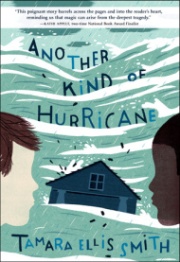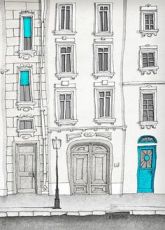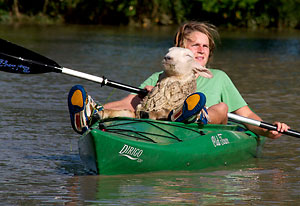A recent post in Eco-Notes—Living Shelter Designs’ green
building blog—caught my attention and imagination. Any discussion about ‘sense
of place’ always peaks my interest, as it’s a concept I think about a lot, as a
writer, as an artist and as an urban dweller.
The thought-provoking article focused on building local in
the Pacific Northwest, but brought up ideas that are relevant no matter where
you live. (Or if you’re a fiction writer, where your characters live!) In the
post, author Kira Connery discusses how building local should strive to help
define this often “ephemeral” sense of place. She says:
Place is
a challenging term to define – what makes a location an authentic “place,”
rather than just coordinates on a map? What makes some cities, towns and homes
memorable and others forgettable? What impact does “place” have on our
community and individual identities? And how do we uncover a location’s sense
of place? Building professionals and scholars have long debated these questions
amidst ongoing explorations of what makes a space a “place,” and how this sense
of place varies from region to region.
She mentions my home town, San Francisco, and says while
many immediately think of Victorians as its defining characteristic, the authentic
character of a place is much more than just architectural style—it is a
constantly evolving relationship between the people who live there and the
landscape that defines their environment. I love that. And know that we San
Franciscans interact daily with the hills, the circumscription of water in
three directions, the tumble of fog advancing and retreating from the horizon.
This to me defines the sense of place where I live as much as the wooden
bay-windowed houses tightly butted up against one another lining the hills in my
neighborhood.
Like many, I am drawn to landscapes with an authentic and
unique sense of place and I feel strangled and even offended by landscapes that
have been striped and replaced by something ugly and generic. Ms. Connery has
something to say about that too:
In most
cities and towns, it is easy to find buildings that don’t tell us much about
our communities. Fast-food chains and big-box stores are two common examples of
buildings that owe their appearance to processes far removed from their site
and the community they serve. They are uniformly prescriptive, rather than
uniquely perceptive. These buildings detract from a sense of place not because
they lack a specific style, but because regardless of where they are built,
their appearance and relationship to their surroundings is the same…
Place-making
requires discovery, participation and interaction, not only from building
professionals, but from home owners and community members as well. This process
can shape architecture in a variety of ways: a building may respond to the
history of a region, highlight local cultural or natural resources, showcase
the craft and innovation of local artisans and builders, or celebrate local
materials.
This last line acted like a light switch in my writer’s
mind—I’ve copied and saved it to use when I’m revising a story for setting:
“…a building may respond to the history of a region,
highlight local cultural or natural resources, showcase the craft and
innovation of local artisans and builders, or celebrate local materials.”
What a marvelous tool for creating a specific and
distinctive setting. Instead of just living in a ‘house in the suburbs,’ (or
the city, or the country) what if your character lived in a house or a
community that reflected the region, the local culture and/or the indigent
natural resources, prescribed by artisans of the area? It’s a richer, more
layer way to create setting and certainly worth considering, don’t you think?
To read the entire excellent article go to Living Shelter Designs’ Eco-Notes. Oh, and by the way, Living Shelter is owned by my brilliant
architect sister, Terry Phelan!
I’d love to hear your thoughts on sense of place, whether
in the real world or in your writing…
Take Good Care,
Sharry













